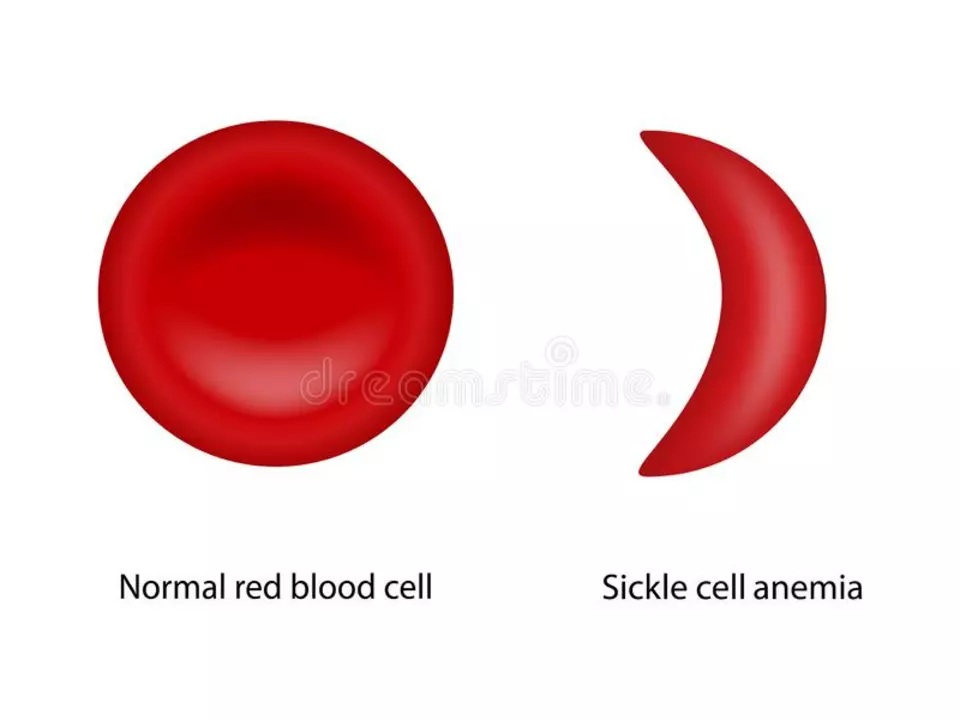Sickle Cell Anemia – What You Need to Know
If you or someone you love has been told they have sickle cell anemia, the first thing you probably want is a clear picture of what’s going on. In simple terms, it’s a blood disorder where red cells become stiff and shaped like a crescent instead of a smooth round disc. Those “sickle” cells can block tiny blood vessels, causing pain and organ damage over time.
The condition is inherited, which means you get the faulty gene from both parents. If only one parent passes it on, you’ll be a carrier (often called sickle‑cell trait) and usually feel fine. But when you inherit the bad copy from each side, the full disease shows up, often in early childhood.
Common Symptoms & When to Seek Help
Sickle cell anemia doesn’t have a single symptom that tells the whole story. The most common warning signs include:
- Sudden, severe pain episodes (called crises) that can hit any part of the body.
- Fatigue and shortness of breath because your blood isn’t carrying enough oxygen.
- Frequent infections – the spleen doesn’t work well with sickle cells.
- Yellowing of skin or eyes (jaundice) from breaking down red cells too fast.
- Delayed growth in children and puberty.
If any of these flare up, especially a pain crisis that lasts more than a few hours, call your doctor right away. Early treatment can keep damage to a minimum.
Saving Money on Sickle Cell Treatments
Managing sickle cell anemia often means regular visits, blood transfusions and medicines like hydroxyurea. Those costs add up fast, but there are ways to cut the bill without skimping on care.
First, check if you qualify for government programs or health‑insurance subsidies in your country – many offer reduced copays for chronic conditions. Next, use pharmacy discount cards or apps; they compare prices across online and local pharmacies and can shave off up to 70% of the list price.
When ordering medicines online, stick with licensed pharmacies that require a prescription. Look for sites that display their registration number and have clear contact info – ThriftyMeds reviews such pharmacies and points out which ones are safe and cheap.
Don’t forget bulk buying. A 90‑day supply of hydroxyurea is often cheaper per tablet than a monthly refill, especially if you use a discount program. Also ask your doctor about generic versions; they work the same as brand names but cost far less.
Finally, keep an eye on patient assistance programs run by drug manufacturers. They sometimes provide free or heavily discounted medication for people who meet income criteria.
Living with sickle cell anemia is a marathon, not a sprint. By staying informed about symptoms, getting diagnosed early and hunting down affordable treatment options, you can manage the condition without breaking the bank. Need more tips on where to find cheap meds? Browse ThriftyMeds’ tag page for sickle cell anemia – we keep the latest deals, discount cards and trusted pharmacy links all in one place.

As a blogger, I recently explored the topic of Sickle Cell Anemia and sports participation. It's important for individuals with this condition to strike a balance between staying active and ensuring their safety. Engaging in regular, moderate exercise can improve overall health, but intense physical activity can put them at risk for complications. To safely participate in sports, proper hydration, regular breaks, and close monitoring of their health are crucial. Ultimately, it's essential for people with Sickle Cell Anemia to work closely with their healthcare team to determine the best approach to sports and exercise.
Read more
